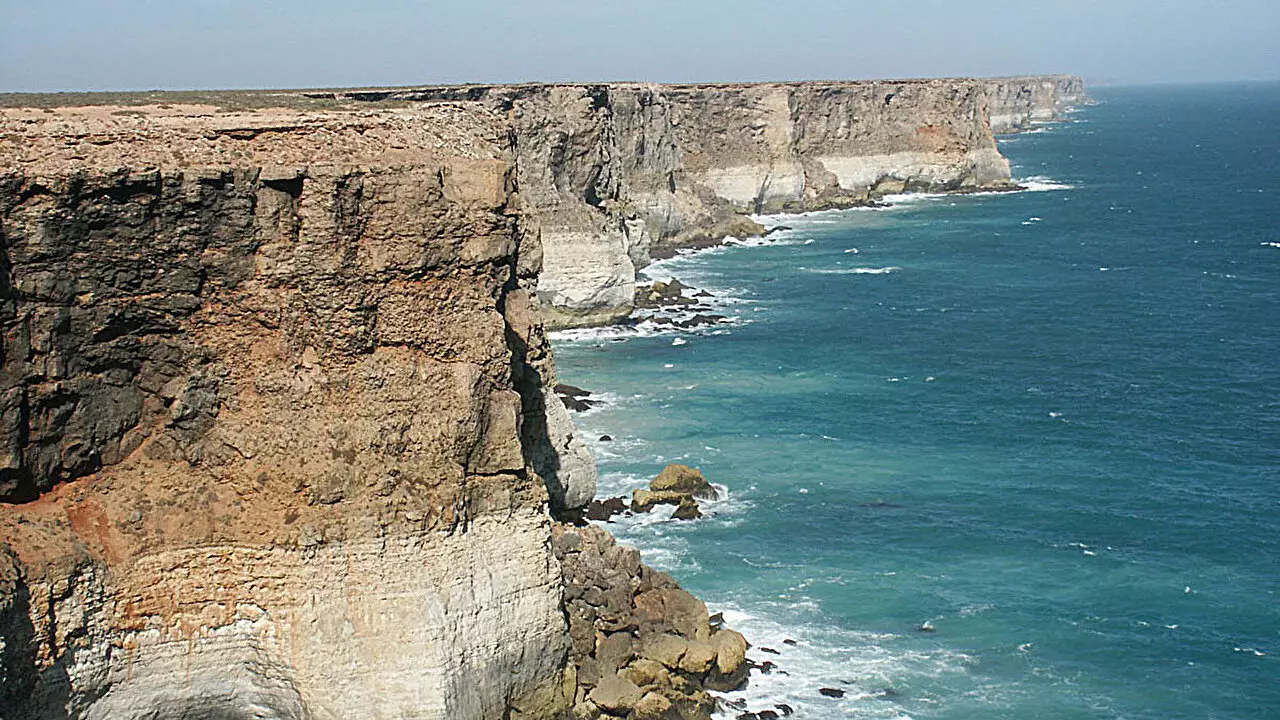The movement of tectonic plates is responsible for shaping the rocky features that adorn Earth’s surface. From the formation of mountain ranges to ocean trenches, the convergence and divergence of these plates play a crucial role. However, it is not solely the plates themselves that dictate Earth’s topography. The mantle layer beneath them exerts its subtle influence, even in locations far from tectonic plate edges, giving rise to what is known as residual topography.
In a groundbreaking study published in the Journal of Geophysical Research: Solid Earth, Stephenson and his team delved deeper into understanding how the mantle impacts topography. They built upon previous research focused on the oceans and created two extensive databases. The first database compiles a staggering 26,725 measurements of crust thickness worldwide, accompanied by estimates of seismic velocity – making it the most comprehensive database of its kind. The second database contains laboratory analysis of seismic velocity in relation to temperature, density, and pressure. By combining these data sets, the researchers were able to separate crustal influences from mantle influences and identify residual topography.
The study revealed that variations in the temperature and chemical composition of the mantle can lead to the formation of swells and basins in the landscape, distinct from those typically associated with tectonic plate boundaries. These features can rise or sink by up to 2 kilometers and stretch for hundreds to thousands of kilometers within the interior of plates. Some of the highest swells, reaching around 2 kilometers in height, are found in regions like the Afar-Yemen-Red Sea area, western North America, and Iceland. On the other hand, some of the deepest basins, exceeding depths of 1.5 kilometers, are located near the Black, Caspian, and Aral seas, as well as in the East European Plain.
The pattern of swells and basins identified in the study may play a role in determining the locations where significant erosion and sedimentary deposition occur. While the development of these topographical features unfolds over millions of years, they hold sway over crucial geological processes. The researchers suggest that these findings could offer insights into the presence of magmatism in regions far from plate boundaries, shedding light on the enigmatic effects of flow within Earth’s mantle on its surface across geological time.
Overall, the study highlights the complex interplay between tectonic plates and the mantle, underscoring the intricate relationship that shapes Earth’s ever-evolving topography.


Leave a Reply